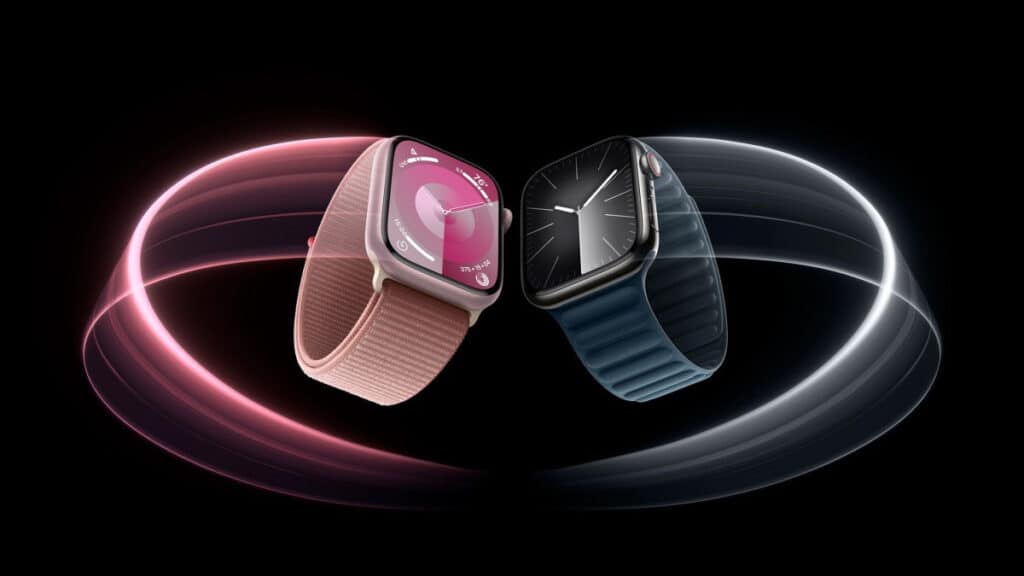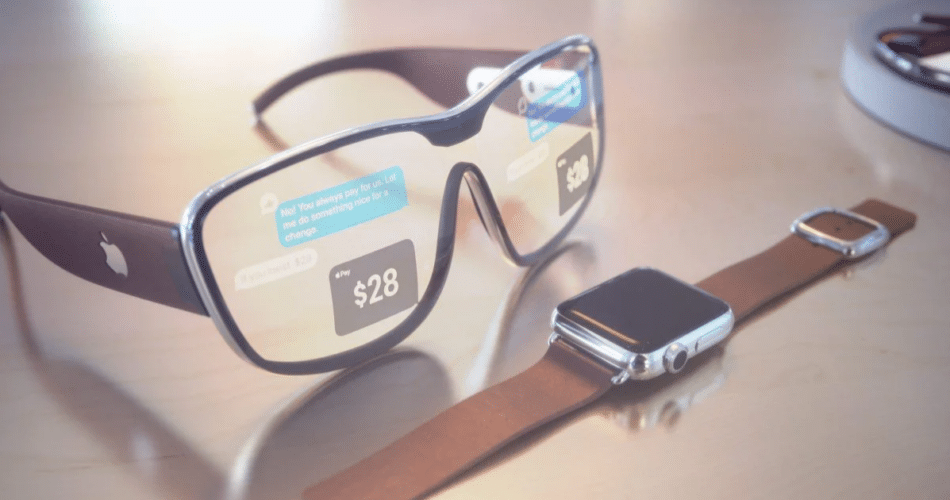Foxconn’s recent partnership with Porotech marks a significant step in the development and production of microLED displays, a technology that Apple has long been exploring for its future products. MicroLED, an advanced display technology offering enhanced brightness, color accuracy, and energy efficiency, is expected to be the next frontier after OLED in Apple’s lineup.
Apple has been methodically evolving its display technology over the years, transitioning from LCD to mini-LED and OLED. MicroLED represents the next leap, addressing some of OLED’s limitations, such as burn-in, while offering greater durability and performance. Apple’s interest in microLED dates back to its 2014 acquisition of LuxVue, a pioneer in the technology, and subsequent research and development efforts. However, while Apple initially aimed to debut microLED in products like the Apple Watch, technical challenges have delayed its rollout.

Foxconn’s announcement of a microLED wafer processing production line in Taichung, Taiwan, signals a major milestone for the technology. The facility is set to begin mass production in late 2025, targeting applications like AR glasses and other compact, high-performance displays. By partnering with Porotech, Foxconn will leverage advanced Gallium Nitride (GaN) technology to create brighter, lighter, and more efficient microLED solutions. These developments are expected to meet the needs of mainstream global clients, a category that almost certainly includes Apple.
MicroLED’s potential extends far beyond AR glasses. Unlike traditional displays that rely on backlighting, microLED uses self-emissive pixels composed of tiny LEDs to deliver vivid colors and true blacks without the drawbacks of OLED. This design not only enhances image quality but also reduces power consumption, making it ideal for a range of devices, from wearable tech to smartphones and tablets. For Apple, microLED could represent a transformative upgrade across its product ecosystem, starting with the Apple Watch and eventually scaling to larger devices like the iPhone and MacBook.
Foxconn’s foray into AR glasses production highlights the growing demand for immersive display technologies. AR glasses require exceptionally bright and pixel-dense displays, qualities that microLED can provide. While Apple’s Vision Pro already represents a pinnacle of AR innovation, integrating microLED into future iterations could further enhance the device’s capabilities. Additionally, Foxconn’s advancements in microLED production could align with Apple’s long-term vision for wearable displays, paving the way for smart glasses that are lightweight, high-performance, and energy-efficient.
Subscribe to our email newsletter to get the latest posts delivered right to your email.

